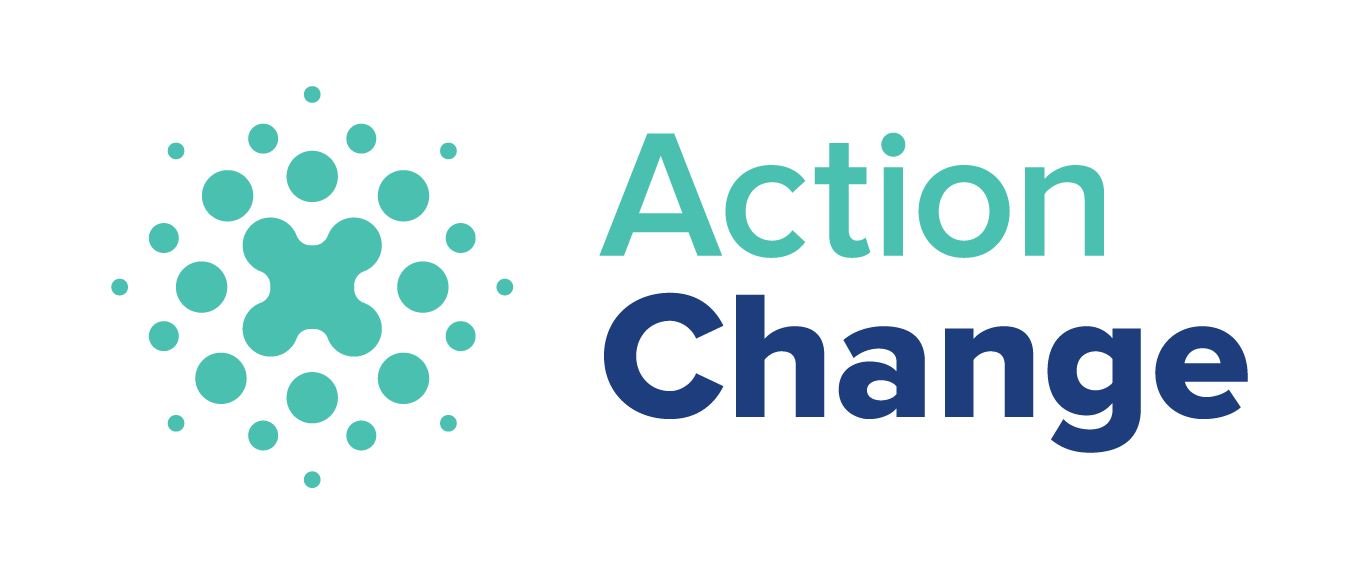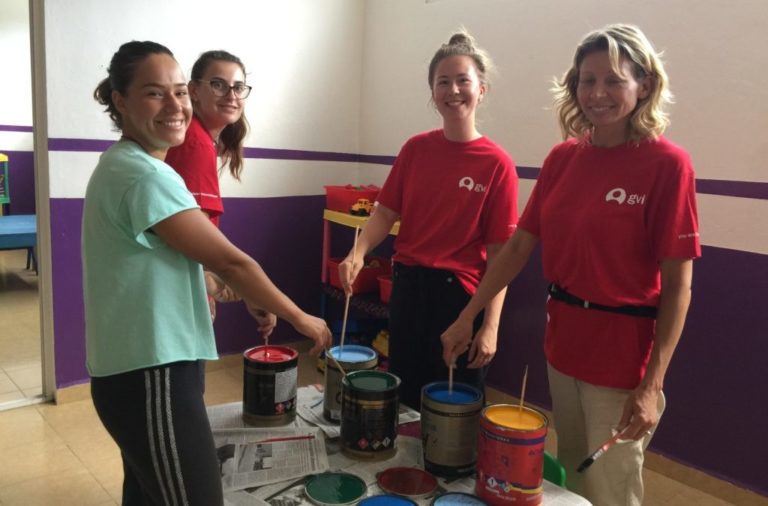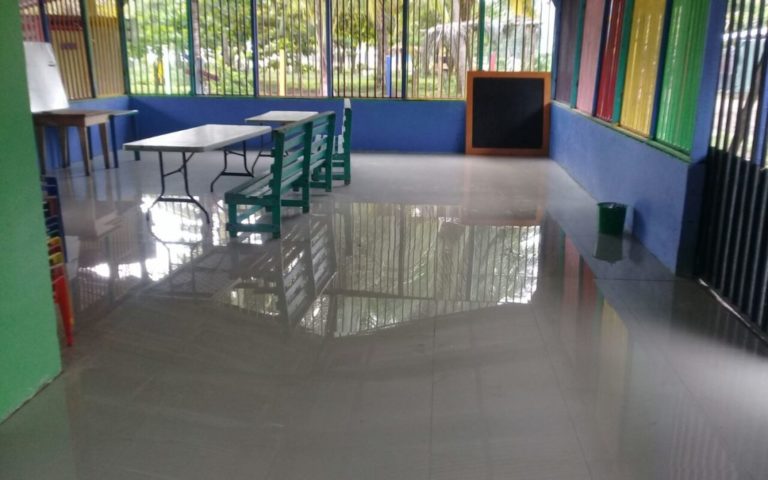What is scabies?
Scabies mites live under the skin in burrows, and at night, they expand their burrows and lay eggs. It is this nocturnal burrowing activity which causes such distress in those with the condition. The skin – especially in armpits, groin, elbows and hand – becomes dry and damaged, susceptible to further infections, and itches endlessly at night.
How can it be treated?
Ivermectin is a potent new medicine that, although developed in the veterinary industry, has now become widely prescribed as an all-purpose anti-parasitic treatment. Tetmosolsoap is soap specially medicated for various skin conditions, including fungal infections and scabies. Using these two affordable medicines together significantly improves the efficacy of this type of program. So this is what we implemented.
The treatment process:
The main issue in the PRS was sharing of clothes. The mites live on the clothes, and require either heat (50 degrees for 10 minutes) or deprivation from their host for some (minimum 3) days to kill them. Washing in cold water and wearing within a day or two meant there was a high risk of transmission of scabies. Initially, we believed that each resident had their own clothes, however, it quickly became apparent that most of the men shared a small selection of clothes and towels.
We began by taking all the male residents and giving them a dose of ivermectin, as well as taking all the clothes from the washing lines and most from the rooms. These clothes were bagged up, (having realized that bagging them up and storing them for 4 days would be as effective as boil washing, which on a large scale was logistically very difficult. The bags were stored for 4 days, ensuring that all mites would die.
The female population was much more careful with their clothing, and so as such had not had many issues with scabies in the past, however at the time there was a new recently arrived resident who had an advanced infection. The condition increases in severity with time, and can take a month to show symptoms in new cases, so in future they may require more help. At this point, we would not want to have selected an ivermectin resistant population, which is why we decided to halt treatment.
The men, however, had been dealing with the infection for much longer and were all really motivated and excited to try to rid themselves of the problem.
GVI staff arrived at 5:30am on Boxing Day to catch the male residents before their morning shower and distributed the soap. All dirty clothes were taken from residents to be washed, and we luckily intercepted the pile of communal clothing that was to be shared by the men that hadn’t been “treated” by storing away from human contact. The treated clothes were taken to them, and the residents were also given the medicated soap to wash with. The men’s sandals were also dip-sterilized in a weak hydrogen peroxide solution while we had the opportunity.
Bed sheets were then taken and boiled on the day, using a large biryani pot rented for a short period. Sheets got at least 10 minutes in boiling water to kill the mites.
Finally, several days after the second dose was given, all clothes were returned to the residents.
Outcome:
Writing from 8th February, some 40 days after the program, the residents are visibly better rested and their skin is looking much better. There are still some cases that will require following up and treating with topical solution, but it has surpassed our expectations in terms of success.
Thank you for your donations, which have made this possible!



